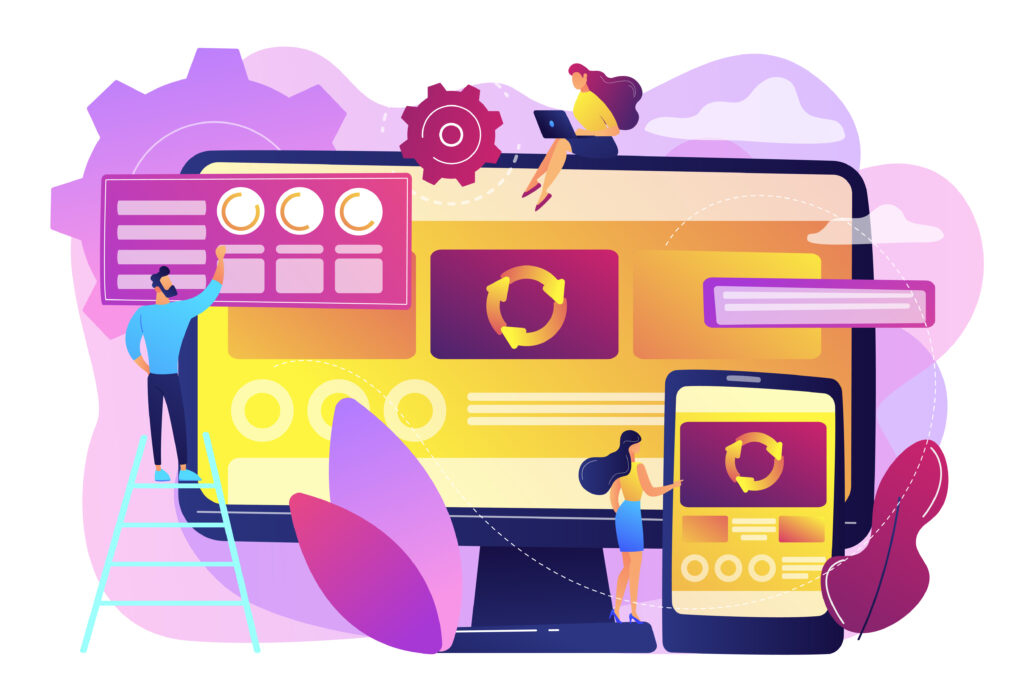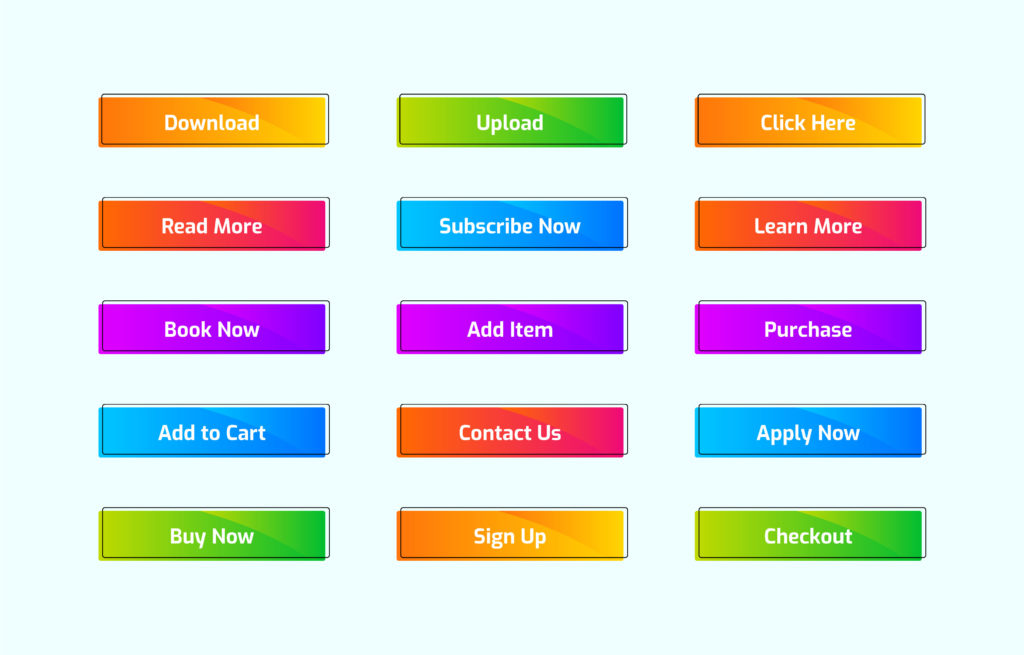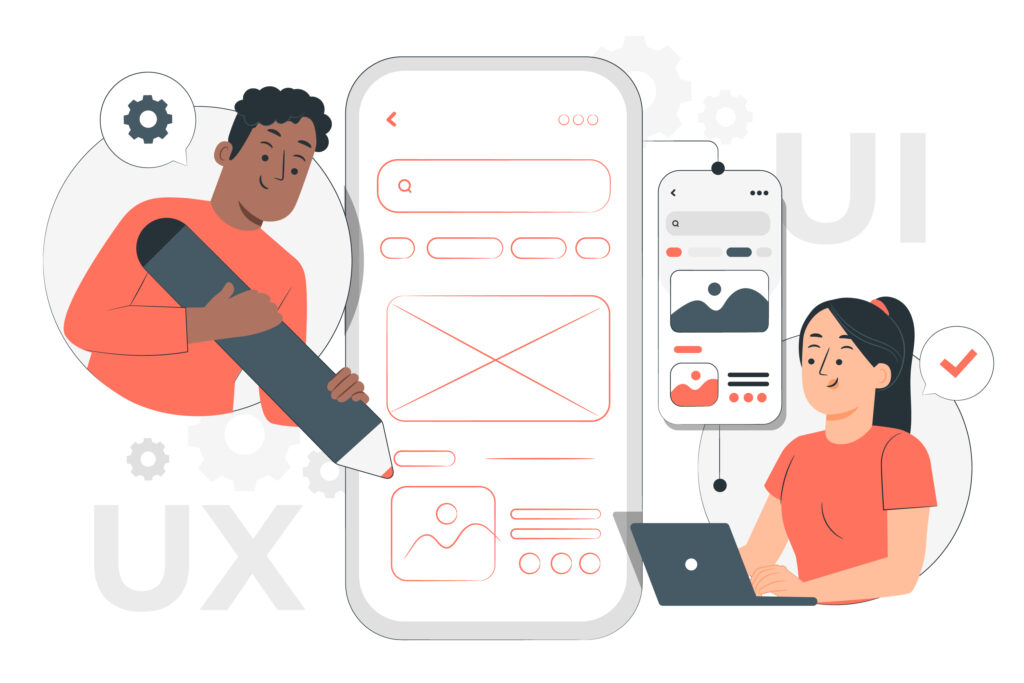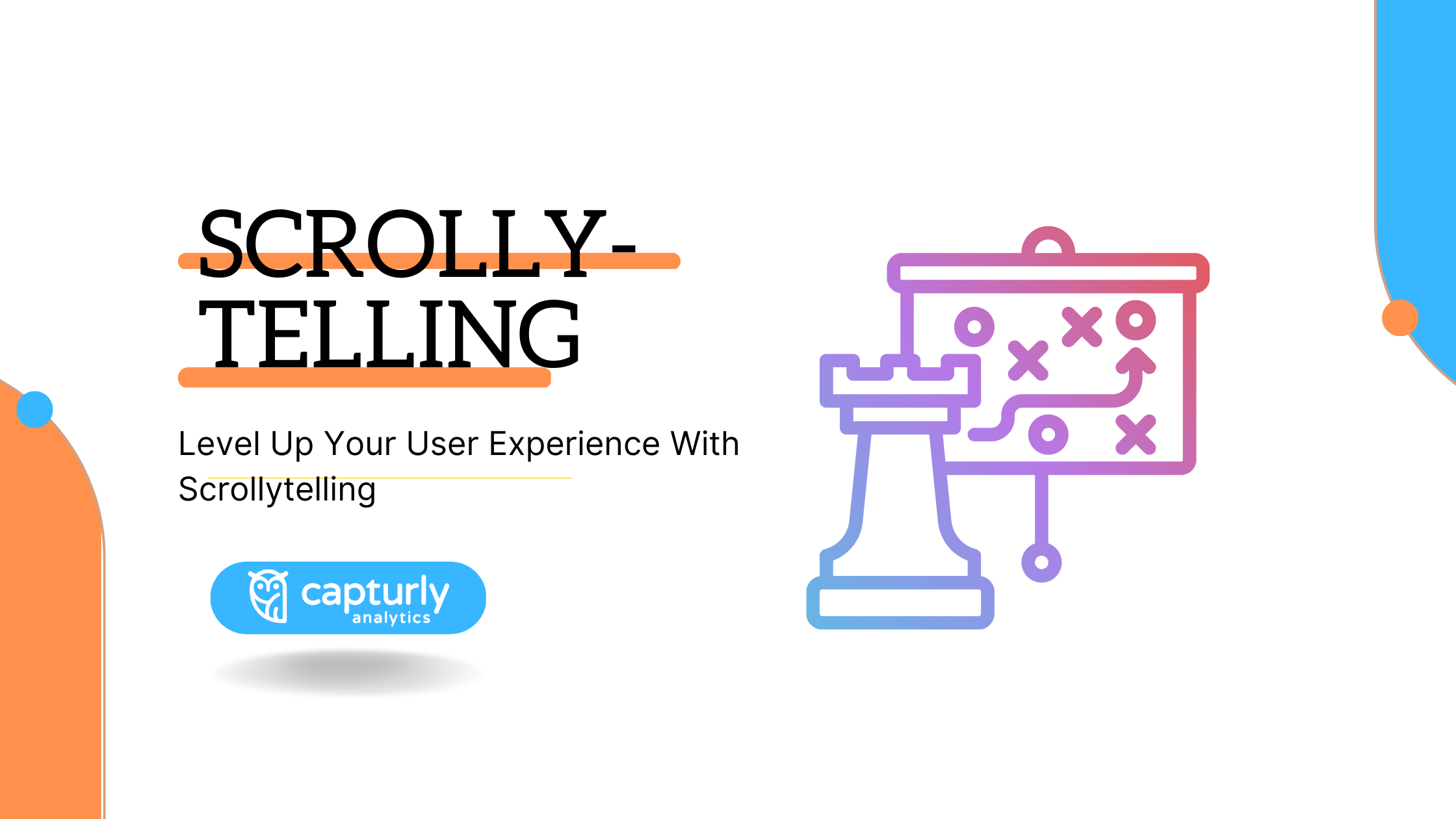If you want to understand the mission and the definition of Scrollytelling, then look no further! With the use of Scrollytelling, a long-form story is turned into an interactive experience. By conveying ideas that can’t be expressed in words alone, audio and video material offers a deeper depth of meaning. With this method, you can keep readers interested by gradually revealing a story’s intricacies. It tells gripping stories by utilizing the best aspects of the web.
This method works pretty well when your homepage is a landing page at the same time. Other than that, people are designed to love stories! So you definitely need to leverage the power of Scrollytelling using the elements of UI/UX Design and Copywriting.
Table of Contents
Turn Web Content to Life
People are immune to meaningless and cliché-packed content nowadays. In the midst of never-lasting competition, copywriters, designers, and web developers need to come up with unique solutions. Otherwise, the website is going to be just one more drop in the ocean.
But first, let me explain in more detail why it’s hard to catch and hold someone’s attention these days:
- Attention span: People’s attention spans are shorter than ever, and they frequently scan a page rather than reading every word to find the information they need. They can swiftly scan the page and find what they’re looking for by scrolling.
- Blocks of text are less likely to pull viewers in than aesthetically appealing information. You may design a visual journey that keeps the viewer interested and delighted by using scrolling.
- Mobile devices: Due to the prevalence of mobile devices, scrolling is now more common than reading on smaller screens. On touchscreens, scrolling is a more intuitive move that makes it simple for users to browse material. Moreover, these tools are likely to overwhelm you with distracting push notifications.
- Usefulness: Scrolling takes very little effort and is a straightforward and intuitive movement. If they can swiftly and easily discover what they’re looking for, users are more likely to keep scrolling.
- People frequently experience content overload since there is so much content available online. They can rapidly scan the content by scrolling before deciding whether to devote time to reading it.
In general, scrolling is popular because it is quick, simple, and visually appealing. You may interest your audience and keep them on the page longer by creating Scrollytelling material that is both educational and amusing.

Ok, but how can you create an outstanding User Experience?
Good storytelling, captivating imagery, and precise pacing are all necessary components of Scrollytelling in order to hold an audience’s interest. Here are some pointers and illustrations to draw someone in and keep them there:
- Create a hook first: Start your journey with a compelling hook that will pique the user’s interest and encourage them to scroll further. This may be a compelling headline, an arresting image, or a thought-provoking query.
A hook can be your USP or your Mission Statement.
A USP, or unique selling proposition, is nothing else but an advantage that distinguishes a good or service from those offered by rivals. A USP is a marketing concept that aids companies in differentiating their products from those of their rivals and positioning their brand as the consumer’s top option.
I’ll give you an example: Nike’s USP is its catchphrase, “Just Do It,” which encapsulates the company’s commitment to inspiring athletes and assisting them in realizing their potential.
A mission statement is a declaration that outlines the goals and purposes of a business, organization, or person. It describes the entity’s goals and the steps it plans to take to get there.
Make your mission statement succinct, memorable, and intriguing to turn it into a website hook. Here are some pointers to aid you in doing that:
- Make it brief: Your mission statement should be succinct and direct. You only need a few lines or a brief paragraph to convey your ideas.
- Make it stand out by using words that are simple to recall and that the reader will retain. Consider creating a phrase or tagline that captures the essence of your goal statement and is simple to remember.
- Make it interesting by using language that resonates with your audience and inspires and motivates them. Think of telling a tale or giving an illustration that brings your mission statement to life.
Here’s an illustration of how you could use your website’s mission statement as a hook:
Mission Statement: Our mission is to enable people to lead better and more satisfying lives by providing them with cutting-edge health and wellness products.
Hook: Join the health revolution and learn how our cutting-edge products may help you lead the life you deserve with our catchphrase.
In this instance, the mission statement has been condensed into a succinct, memorable, and compelling hook that appeals to the audience and piques their interest in the goods and services offered by the company.
- Create a compelling narrative: User engagement depends on a compelling narrative. Make sure your story has a beginning, middle, and end, and that each segment flows into the next without any awkward transitions.
To bring out the best in your narrative, you need to define the transformational process of your audience whom you provide your solution for. Try to place yourself in their situation and highlight their fears, then make sure you understand what specific tools they need to delete those worries for good.
- Use graphics to enhance the narrative: Scrollytelling relies heavily on the use of images to enhance the narrative. Use top-notch graphics, animations, and other components to support your narrative and maintain the user’s interest.
- Pacing is everything, so pay attention to it. Ensure that your content is divided up into manageable sections, and employ pacing to regulate how quickly the reader scrolls through the text. For dramatic scenes, use slow-motion clips; for action scenes with rapid-fire dialogue, use shortcuts.
- A clear call-to-action that motivates the visitor to act should be included at the conclusion of your trip. This could be an application to complete, a link to your good or service, or a request to subscribe to your mailing list.

Other practices to improve the overall user experience
You have to make sure that users can locate what they’re looking for on your website quickly and easily with the aid of a well-designed navigation system. Consider categorizing content, using clear and brief labelling, and including a search box on more complicated websites.
Organizing your material logically and intuitively can make it easier for users to find what they’re looking for and comprehend the information you’re providing. To make content easy to skim, think about utilizing headings, subheadings, bullet points, and graphics.
With a responsive design, you can make sure that your website looks great and functions properly on all types of devices, including desktops, laptops, tablets, and smartphones. This can enhance user convenience and make it simpler for users to access your content from wherever.
A quick-loading website can enhance user experience by reducing user annoyance and maintaining user interest. To speed up your website, take into account image optimization, file compression, and the use of a content delivery network (CDN).
And when they enter your field, tracking their usual behavioral patterns on your site will be inevitable. So make sure you’re using web analytics software, just like the one Capturly has. For instance, with the use of heatmaps, you can receive exclusive insights into your customers’ intentions on your site.
Increasing the user experience for a larger audience can be accomplished by making your website accessible to persons with disabilities. Use accessible design components like keyboard navigation, alternative text for pictures, and clear, concise phrasing.
Including interactive components on your website, such as forms, quizzes, and games, can assist engage consumers and improve their browsing experience. To include interactive components that enhance the value of your website, take into account employing techniques like HTML, JavaScript, and CSS.
How can Scrollytelling be leveraged with the appearance of Web3?
Before we dive deep into the use cases and certain examples, let me explain what Web 3 means.
Web3, commonly referred to as the decentralized or blockchain-based web, is the term used to describe the next generation of the internet.
Web3 intends to build a more open and fair internet where individuals manage their data and have greater influence over their online experiences, in contrast to the current centralized web where data and applications are controlled by a few big firms.
Blockchain and other decentralized technologies are utilized in Web3 to build peer-to-peer networks that may securely exchange data and value without the involvement of middlemen. This makes it possible to develop a new set of services and apps that can be utilized to create an internet that is more user-centric, transparent, and safe.
Decentralized finance (DeFi) systems, peer-to-peer markets, and social media platforms that give users authority over their data and content are a few examples of Web3 technology. Additionally, Web3 creates new possibilities for producing and making money from digital content, including digital media, digital art, and virtual and augmented reality experiences.
Examples of how Web3 may impact Scrollytelling
The introduction of Web3, or the decentralized web, will probably have a big effect on Scrollytelling. The decentralized web may affect it in the following ways:
- Greater Interactivity: Web3 makes it possible to build decentralized applications that promote interaction and engagement. This might result in a more immersive and compelling new wave of Scrollytelling experiences.
- Better User Experience: Because Web3 is decentralized, users can own and control their data, which can improve the user experience. This can include elements like greater privacy and customized narrative experiences.

Storytelling is improved because of the decentralized web, which makes it possible to develop cutting-edge immersive technologies like virtual reality, augmented reality, and others. As a result, Scrollytelling might develop and grow in novel and intriguing ways.
- Decentralized Revenue: Web3 enables the development of decentralized platforms and applications that permit the direct exchange of value between content producers and users, opening up new monetization potential for Scrollytelling.
- Enhanced Accessibility: The decentralized structure of Web3 can aid in enhancing the accessibility of experiences since the content is more open and accessible to a larger range of people because it is not controlled by a single entity.
Comprehensive Summary
You may have read tons of new information on how you can leverage the power of Scrollytelling to create a better user experience. However, don’t focus on all the mentioned segments above just yet. Take a step back and build up a strategy that puts a great emphasis on future trends and user behavioral patterns. It might take a long time, but keep in mind, that if you choose the right path, you won’t ever need to restart from ground zero.
And as in the case of Web3, a little foresight into future market developments won’t hurt if you really want to harness the power of Scrollytelling.
Don't forget, sharing is caring! :)


1 Comment
rice purity test
2023-12-08 at 09:09Scrollytelling is a powerful tool to enhance user experience. It transforms long-form stories into interactive experiences, captivating readers with audio, video, and visually appealing content. By leveraging UI/UX design and copywriting, Scrollytelling can engage users and keep them hooked. It’s important to create a compelling hook, a captivating narrative, and use graphics effectively. Additionally, improving navigation and organizing content can further enhance the overall user experience.